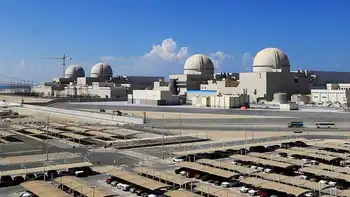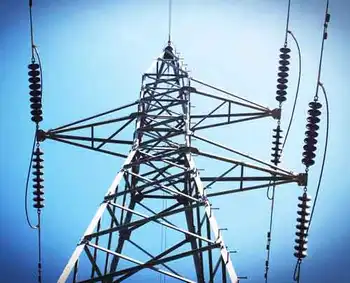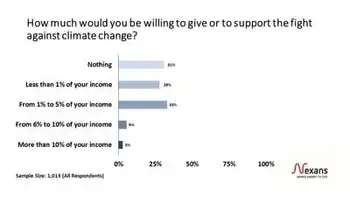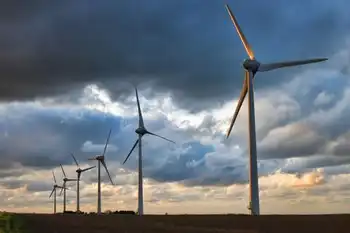Yangzhou Smart Grid Center opens
By Electricity Forum
NFPA 70e Training
Our customized live online or in‑person group training can be delivered to your staff at your location.

- Live Online
- 6 hours Instructor-led
- Group Training Available
With worldwide adoption of smart grid technologies growing as a way to ensure adequate clean, affordable energy, solutions showcased at the center will serve as a model of smart grid success for utilities across China.
Highranking government, utility and technology executives attended todayÂ’s opening and saw firsthand how the technology breakthroughs GE is deploying around the globe can help energy thought leaders and engineers power success in China. The center is verifying how GEÂ’s technologies can help China improve the reliability, efficiency and carbon footprint of its energy delivery.
“China is emerging as a world leader in understanding the enormous benefits of readilyavailable, sustainable energy as an economic growth tool,” said Bob Gilligan, vice president of GE’s digital energy business. “The efficiency, communications and carbonreduction deliverables of GE’s smart grid technologies demonstrated here will help China’s government and industry meet their aggressive environmental and business objectives.”
The center is in line with 2009Â’s U.S.China Clean Energy Announcements, calling for far reaching cooperation between the two countries to promote clean energy. China also is rapidly expanding its use of renewable energy sources, which rely heavily on smart grid technologies to optimize their effectiveness.
The worldclass demonstration center includes a huge array of GE products that affect energy in homes, on power lines and in a utilityÂ’s network control center. It also demonstrates communications infrastructure that can enable citywide solutions beyond energy, such as voice and data applications.
Home energy technologies in the demonstration include advanced metering infrastructure AMI smart meters — with dynamic pricing — that serve as the hub of home energy savings. Savings tools operated through the meter include home energy management systems, programmable thermostats, smart appliances that perform activities based on energy availability and cost and demandresponse systems that reduce home energy usage during times of peak energy demand.
Grid infrastructure and control technologies in the demonstration include automated outage identification and restoration software, fieldforce automation and deployment systems and gridwide network management software.
The initiative also will include installation and demonstration of homebased charging stations for plugin hybrid electric vehicles PHEVs. Teamed with dynamic pricing that encourages charging overnight, PHEVs can enable electric cars to become more commonplace. That can reduce ChinaÂ’s need for oil while greatly lowering the carbon footprint of each mile driven.
The project kicked off with a formal agreementsigning ceremony in early December of 2009.











